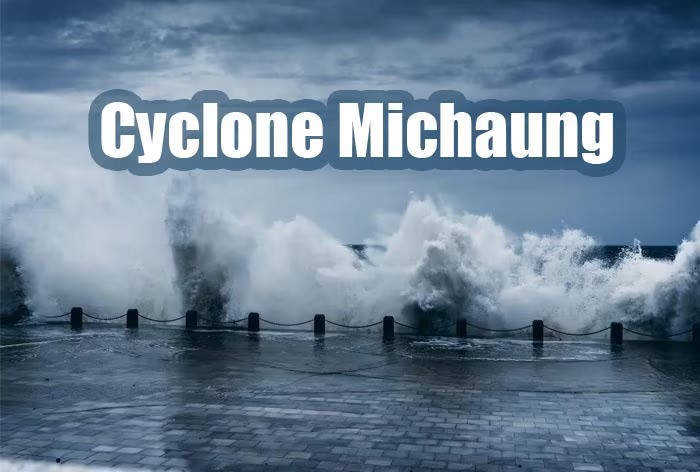Description

Disclaimer: Copyright infringement not intended.
Context
- The National Disaster Management Authority (NDMA) classifies cyclones broadly into two categories: extratropical cyclones and tropical cyclones.
About
what is a cyclone?
- A cyclone is a large-scale system of air that rotates around the center of a low-pressure area. It is usually accompanied by violent storms and bad weather.
- As per NDMA, a cyclone is characterized by inward spiraling winds that rotate anticlockwise in the Northern Hemisphere and clockwise in the Southern Hemisphere.
What are extratropical cyclones?
- Also known as mid-latitude cyclones, extratropical cyclones occur outside the tropics (that is beyond the areas that fall under the Tropic of Cancer and the Tropic of Capricorn).
- They have “cold air at their core, and derive their energy from the release of potential energy when cold and warm air masses interact”, according to the US National Oceanic and Atmospheric Administration (NOAA).
- It added that such cyclones always have one or more fronts connected to them.
- A front is a weather system that is the boundary between two kinds of air masses, where one front is represented by warm air and the other by cold air.
- Such cyclones can occur over land and ocean.
.jpg)
What are tropical cyclones?
- Tropical cyclones are those which develop in the regions between the Tropics of Capricorn and Cancer.
- They are the most devastating storms on Earth.
- Such cyclones develop when “thunderstorm activity starts building close to the center of circulation, and the strongest winds and rain are no longer in a band far from the center,” NOAA noted.
- The core of the storm turns warm, and the cyclone gets most of its energy from the “latent heat” released when water vapor that has evaporated from warm ocean waters condenses into liquid water, the agency added.
- Moreover, warm fronts or cold fronts aren’t associated with tropical cyclones.
- Tropical cyclones have different names depending on their location and strength.
- For instance, they are known as hurricanes in the Caribbean Sea, the Gulf of Mexico, the North Atlantic Ocean, and the eastern and central North Pacific Ocean.
- In the western North Pacific, they are called
|
PRACTICE QUESTION
Examine the frequency, causes, and implications of cyclones in the Arabian Sea. How do these cyclones impact the coastal regions and the socio-economic fabric of the surrounding countries?
|
















